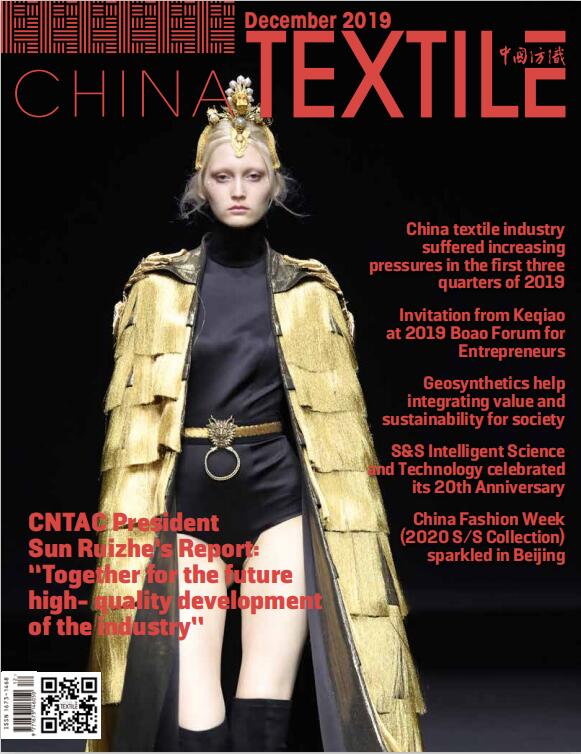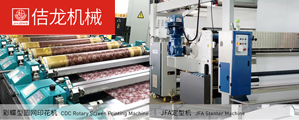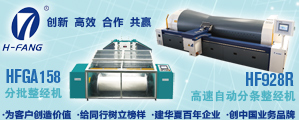Future Xinjiang policy support will shift to the downstream of textile and garment
Jul 19, 2019 | by CT
In the past three years, the textile and garment industry in Xinjiang has developed rapidly. At present, three spindle factories have been built in the development zone, with 153,000 air spinning, 13,000 vortex spinning, and 800,000 spindle spinning. There are also two dyeing and printing factories, a series of downstream projects such as carpets and towels.
In 2018, the output value of textile and garment in the development zone reached 12.4 billion yuan, an increase of 9.7% year-on-year, and the yarn output was nearly 500,000 tons. In the first quarter of this year, affected by the Sino-US trade war, orders were largely lost, and production output fell 10% year-on-year to USD 3 billion. In order to offset the adverse effects of the trade war, the development zone is also actively guiding enterprises to reduce costs and increase efficiency, save costs, and actively explore other markets to enhance competitiveness.
In the future, Xinjiang’s policy support will continue to shift to the downstream of textiles and garment, and the support will increase substantially from the previous five years. When the downstream industry has not fully developed, the dyeing and printing factories have relatively strong support. At present, two dyeing and printing factories in the development zone have been put into production, which has become a key link to solve the downward development of the textile and garment industry chain.








